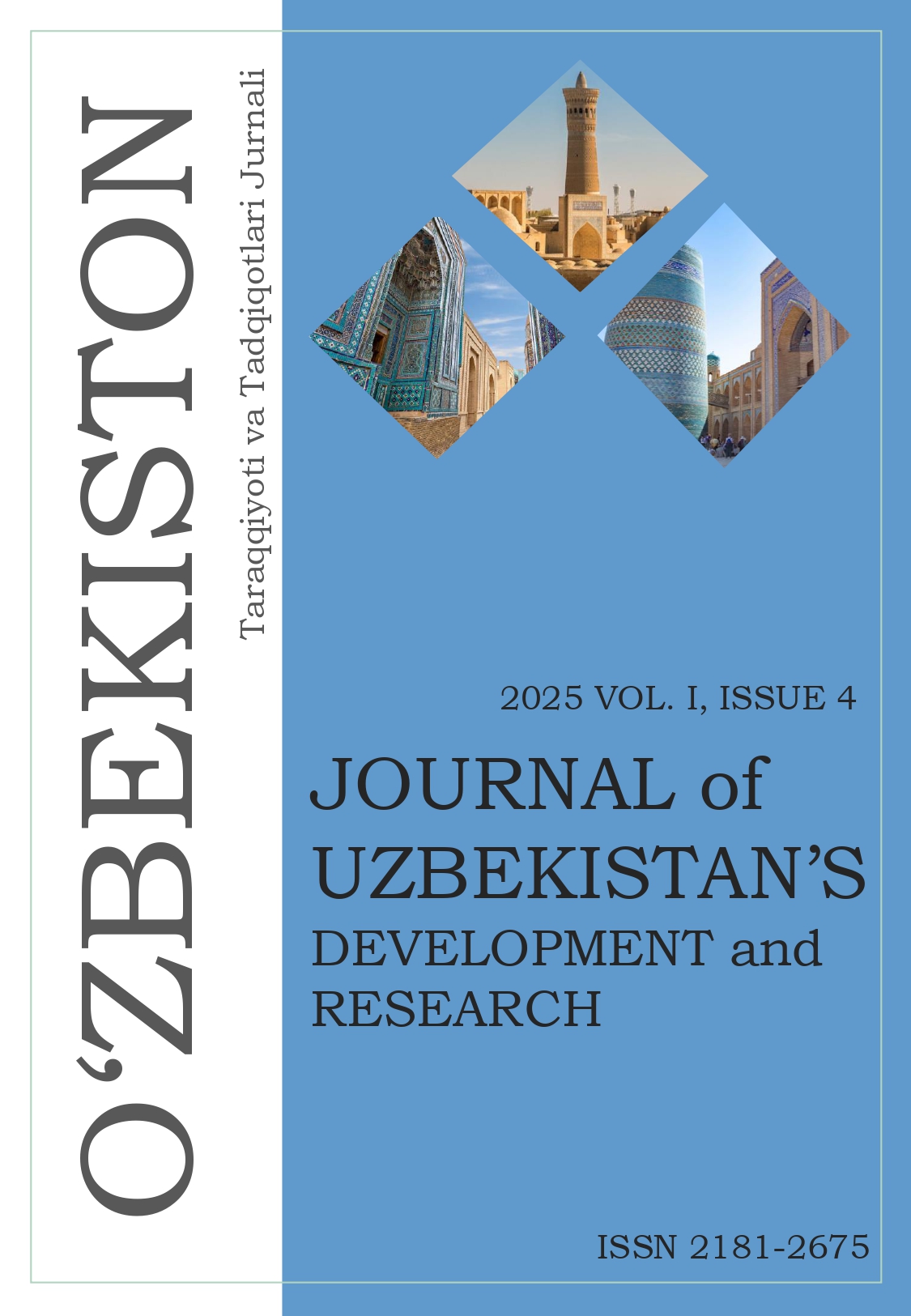USING AI FOR TEACHING ENGLISH TO SECONDARY SCHOOL STUDENTS
Keywords:
Artificial Intelligence (AI), English language instruction, secondary education, personalized learning, AI tools, Grammarly, Duolingo, ELSA Speak, chatbot, speech recognition, automated essay scoring, adaptive learning, Uzbekistan, language education technology.Abstract
This paper explores the integration of Artificial Intelligence (AI) into English language instruction at the secondary school level, with a particular focus on its application in countries like Uzbekistan. It examines how AI technologies—such as automated essay scoring, speech recognition, chatbots, and adaptive learning platforms—can enhance various aspects of English learning, including writing, speaking, and comprehension. The study reviews specific AI tools like Grammarly, Duolingo, ELSA Speak, and Quillionz, highlighting their roles in improving personalized learning, providing instant feedback, and increasing student engagement. The paper argues that while AI is not a substitute for human teachers, it can be a powerful supplement to address key challenges in language education, such as large class sizes, limited resources, and lack of individual attention. It concludes that the thoughtful integration of AI can lead to more effective, inclusive, and future-ready English instruction, particularly in under-resourced educational settings.
References
1. Smith, J. (2021). Artificial Intelligence in Language Education. Oxford University Press.
2. Johnson, L. & Turner, A. (2020). "AI in the Classroom: Tools for the Modern Teacher." Journal of Educational Technology, 35(2), 44-59.
3. Duolingo. (2023). About Us. Retrieved from https://www.duolingo.com
4. Grammarly Inc. (2023). Grammarly for Education. Retrieved from https://www.grammarly.com
5. ELSA Speak. (2022). Improving Pronunciation with AI. Retrieved from https://www.elsaspeak.com
6. Brown, H. D. (2019). Teaching by Principles: An Interactive Approach to Language Pedagogy (4th ed.). Pearson Education.
7. Nguyen, L. & Walker, T. (2021). "Leveraging AI to Personalize English Learning." International Journal of Language Learning Technologies, 9(1), 15-28.
8. Baker, M. (2020). Technology Integration in Modern Classrooms. Cambridge Educational Press.
Published
Issue
Section
License
Copyright (c) 2025 Qosimova Dildoraxon (Author)

This work is licensed under a Creative Commons Attribution-NonCommercial-NoDerivatives 4.0 International License.
All Rights Reserved.





